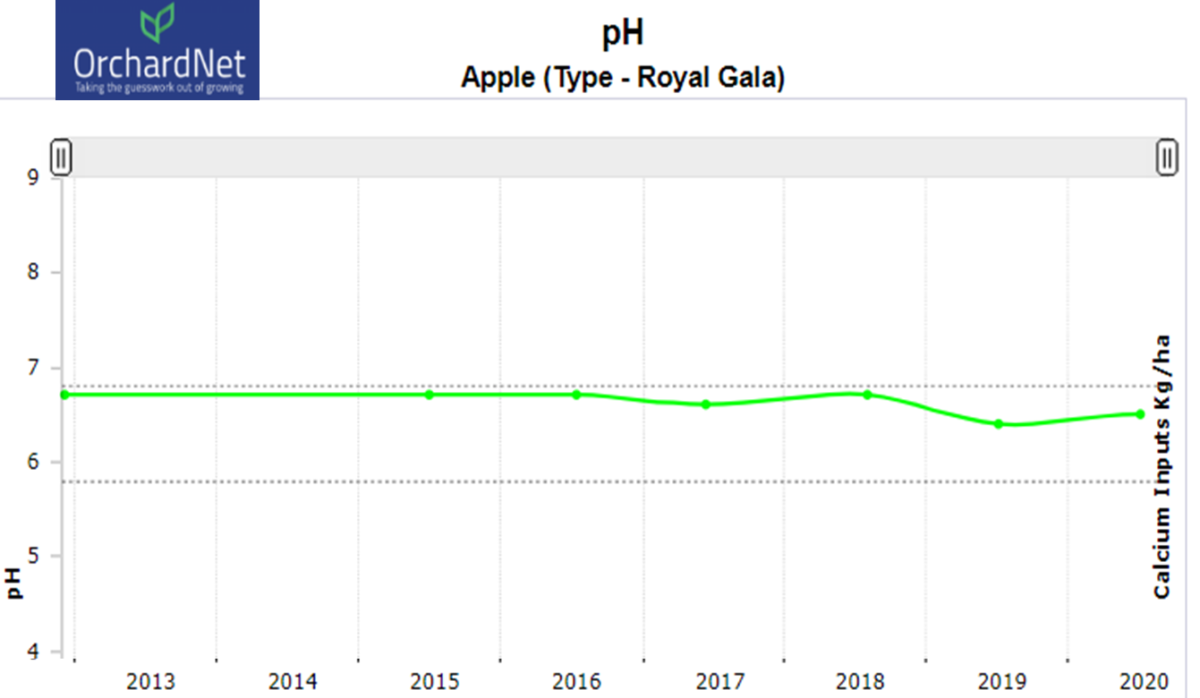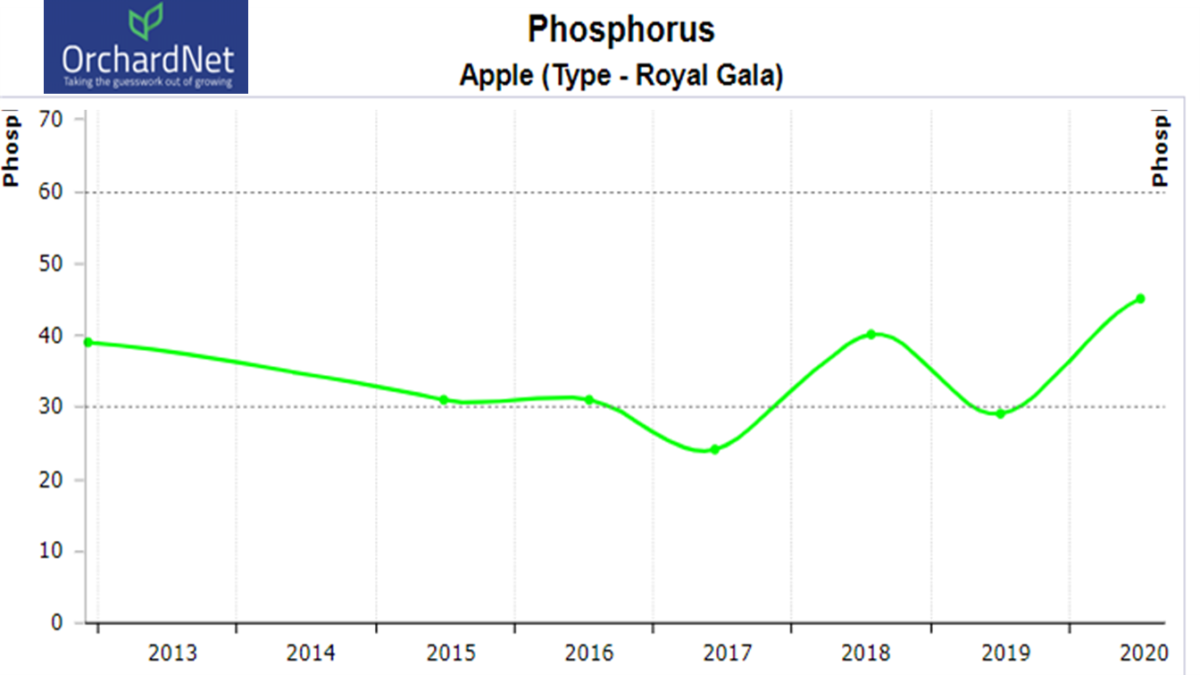Dean Rainham
The real benefit of soil testing is to monitor nutrient trends over time. Variation across the block and between years can then be considered so much more informed fertiliser programs can be developed.
Reacting to a one-off soil test result without analysing the trend maybe a wrong move, with unintended consequences by creating imbalances and having adverse effects on productivity.
When interpreting soil tests, it is important to take in account both nutrient sufficiency and balance. Sufficiency is having enough, balance is having enough in the right ratio. It is important to address any inherent soil nutrient deficiency, but it is equally important to correct the balance of nutrients in the soil. For example, too much magnesium will suppress potassium uptake, too much potassium will suppress calcium uptake, too high pH will render trace elements unavailable. Tracking nutrient trends over time is helpful to make the best decisions.
The Nutrition Centre in OrchardNet™ is designed to capture all soil tests results for each block by variety and graph them over time (Figure 1). This makes analysing the trends much easier which enables more tailored fertiliser programs for each block.








